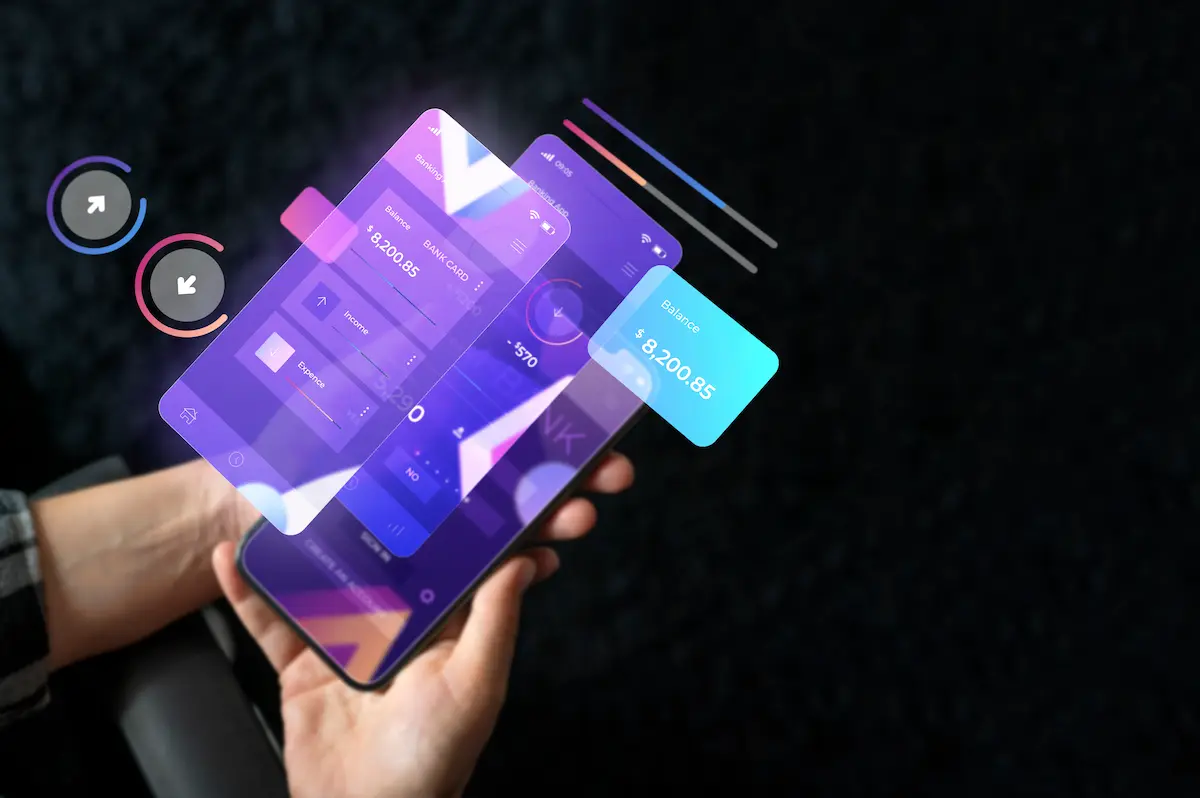Advertisements
Nowadays, social media has become a fundamental part of people's daily lives, influencing not only the way we communicate, but also how we interact with the technology around us. In this sense, smartphone design has been strongly impacted by the presence and popularity of platforms such as Instagram, Facebook, Twitter and TikTok.
Advertisements
The constant flow of information, images and videos shared on these social networks has led smartphone manufacturers to adapt their designs to meet the needs and tastes of users. From the incorporation of high-resolution cameras and photo editing functions, to the creation of larger and sharper screens for better viewing of multimedia content, today's smartphones seek to offer a more complete and attractive user experience.
In this article, we will explore in detail the influence that social media has had on smartphone design, analyzing how these platforms have shaped the evolution of these devices and contributed to the creation of new trends in the technology market. Join us on this journey through the intersection between technology and social media!
The influence of social media on smartphone design
Advertisements
Today, social media has become a fundamental part of people's daily lives. These digital platforms have revolutionized the way we communicate, share information, and stay connected to the world around us. But how have social media influenced smartphone design? Below, we'll explore this interesting relationship and how it has impacted the evolution of mobile devices.
Advantages of the theme:
– Personalization: Social media has driven the need for customization in smartphone design. Users are looking for devices that allow them to quickly and easily access their social media profiles, as well as customize their home screens with widgets and shortcuts to their favorite apps.
– Camera innovation: Social media has popularized the trend of sharing photos and videos in real time, leading smartphone manufacturers to constantly improve the quality of their devices’ cameras. Now, it is common to find smartphones with high-resolution cameras, built-in image editing features, and special modes for selfies and portraits.
– Social network integration: Smartphone manufacturers have natively incorporated applications and functions that facilitate interaction with social networks. It is now possible to share content directly from the options menu of a photo or video, receive notifications of activity on our social accounts and access personalized news feeds from the home screen of our device.
– Ergonomic design: The influence of social media on smartphone design is also reflected in the ergonomics of the devices. Manufacturers are looking to create smartphones with curved edges, lightweight materials, and non-slip textures that fit comfortably in the user’s hand and make it easier to browse social media for long periods of time.
– Optimized user experience: Thanks to social media, smartphone manufacturers have placed greater emphasis on user experience, developing intuitive interfaces, advanced search functions and content organization tools that allow users to access and manage their social media profiles in an efficient and personalized way.
In summary, the influence of social media on smartphone design has been evident in personalization, camera innovation, social media integration, ergonomic design, and optimized user experience. These advancements have contributed to the evolution of mobile devices and improved the way we connect with the digital world around us. Keep exploring the latest smartphone trends and discover how social media continues to impact smartphone design and functionality!
Conclusion
In conclusion, the influence of social media on smartphone design is a phenomenon that has completely transformed the way companies develop their mobile devices. The need to create devices that are highly compatible with the most popular social media apps and platforms has led to a more focused approach on user experience and social connectivity.
Social media has driven the evolution of smartphones into more intuitive, visually appealing devices with enhanced camera capabilities, allowing users to capture and share moments of their lives easily and quickly. In addition, the integration of buttons and shortcuts to major social networks into the smartphone interface has made it even easier for users to interact with their online profiles and contacts.
In this sense, smartphone manufacturers must constantly keep up to date with user trends and preferences on social media in order to adapt their designs and functionalities to market demands. Collaboration between smartphone brands and social media platforms is essential to ensure a fluid user experience in tune with current needs.
In short, the influence of social media on smartphone design has revolutionized the technology industry, marking a turning point in the way users interact with their mobile devices and the digital world around them.



